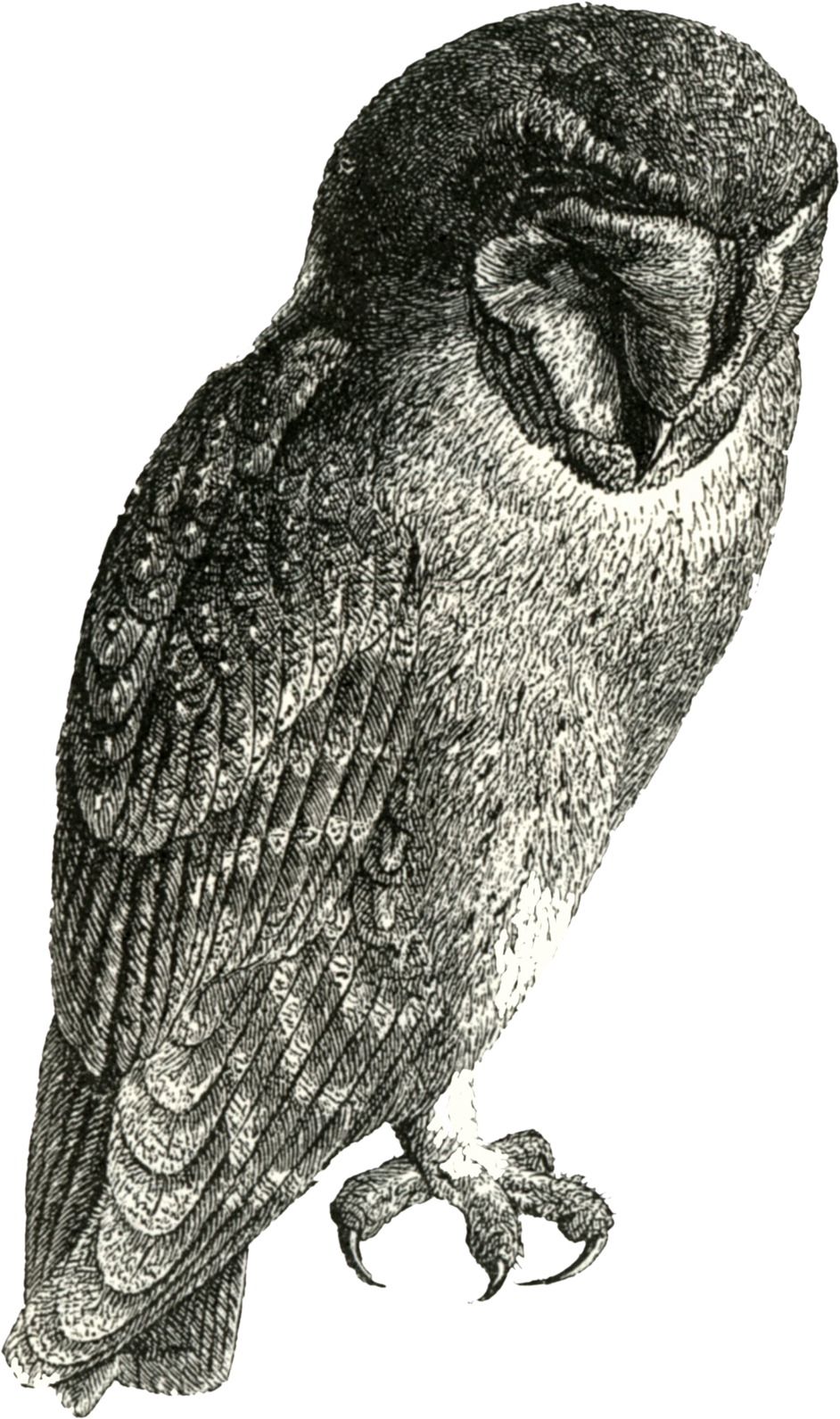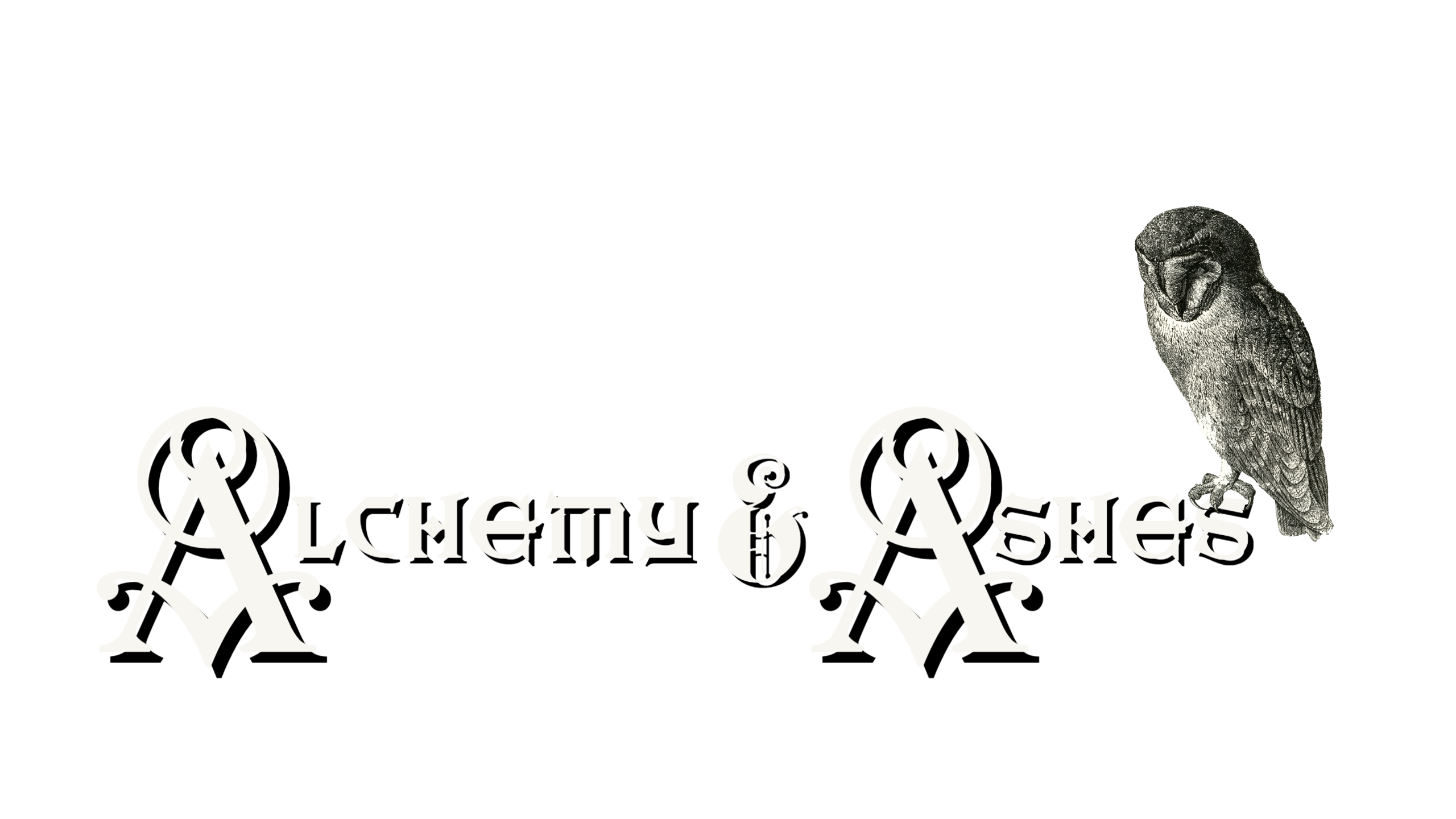09 Mar Big Fat Lye-r
BIG FAT LYE-R
When I explain that my handmade soap is made using lye, people get a little crazy.
“Isn’t that caustic?!” Lye? Yes. My soap? No.
“Won’t that burn your skin?” Lye? Yes. My soap? No.
“I would never use a chemical on my skin!” This one cracks me up!
No, I don’t plan on using lye to dissolve a body. No, I don’t cook meth. Yes, I know it can be used as a drain cleaner.
And so on, and so forth…
So let me dispel a few myths, and give you some information to ponder. Make yourself a nice cup of (herbal) tea, a strong cup of coffee, or a glass of cheap wine and pull up a chair.
1. SOAP IS DERIVED FROM A CHEMICAL PROCESS WHERE FATTY ACIDS (Oils) ARE MIXED WITH AN ALKALI (Lye: Sodium Hydroxide – NaOH for bar soap or Potassium Hydroxide – KOH for liquid soap) TO FORM A SALT, WHICH WE CALL “SOAP”. THIS PROCESS IS KNOWN AS SAPONIFICATION.
YES, LYE IS A CAUSTIC MATERIAL, BUT WITH PROPER SAPONIFICATION, THERE IS NO LYE REMAINING IN THE FINISHED SOAP PRODUCT.
Cake is a good metaphor for the saponification process (and is good with the aforementioned tea or coffee. Hell, cake’s even good with wine!). When you mix flour, sugar, oil, and egg and bake it, the result is known as “cake”. It is no longer four separate ingredients, but one transformed outcome. We don’t refer to it as “Birthday Flour-Sugar-Oil-Egg”, it is now “Birthday Cake”. You don’t taste the egg or oil separately anymore, because they are not separate. They are one. They are cake. And you should eat it.
”Sodium ___ate” indicates saponification of that oil utilizing sodium hydroxide (lye)
For example:
Sodium Tallowate = Beef/Sheep Fat processed with Lye (Sodium Hydroxide NaOH)
Sodium Lardate = Pork Fat processed with Lye (Sodium Hydroxide NaOH)
Sodium Cocoate = Coconut Oil processed with Lye (Sodium Hydroxide NaOH)
Sodium Palmate/Palm Kernelate = Palm/Palm Kernel Oil processed with Lye (Sodium Hydroxide NaOH)
Lye has gotten a bad rap. Throughout history, lye was derived from hardwood ashes that were leached with rain water. The result was potash, or potassium hydroxide. Without the proper measurements and no PH scale, the results were inconsistent, which in turn produced “lye-heavy” soaps, that were softer in texture than the bar soaps we use today and were certainly caustic on the skin. Modern lye is created by a chemical reaction between soda, or sodium carbonate, and calcium hydroxide, or lime. The result is a chemical that can be accurately measured with consistent results. So technically speaking, lye is a synthetic chemical.
2. EVEN “GLYCERIN SOAP” IS MADE USING LYE.
Glycerin is a byproduct of the soap making process. Large commercial companies usually extract the glycerin to either sell separately or to use in other products. Glycerin is a humectant, meaning it attracts moisture. Hand made soap retains its natural glycerin.
3. NATURAL DOES NOT ALWAYS MEAN “SAFE” (poison ivy, arsenic, snake venom), JUST AS SYNTHETIC DOES NOT ALWAYS MEAN “UNSAFE” (some preservatives and compounds – even plastics! – have saved our lives).
The term “Natural” is not regulated by the FDA, nor is there an industry standard concerning “natural products”.
EXAMPLE: Suave NATURALS Creamy Milk & Honey Body Wash – Water, Sodium Laureth Sulfate (Synthetic Surfactant),Cocamidopropyl Betaine (Synthetic Surfactant), Cocamide MEA (Synthetic Surfactant), Fragrance (Most Likely Synthetic), Hydrolyzed Milk Protein, Honey Extract, Glycol Stearate, Glycerin, PPG-9 (Synthetic Conditioner), Stearamide AMP (Emulsifyer), Ammonium Chloride (Inorganic Compound Thickening Agent), Citric Acid, Tetrasodium EDTA (Petroleum Based Preservative),Methylchloroisothiazolinone (Synthetic Preservative), Methylisothiazolinone (Synthetic Preservative), Red 33 (Petroleum Based Dye),Yellow 5 (Petroleum Based Dye).
As you can see, “Natural” doesn’t always mean what most of us believe to be “Natural”. I am not implying that all of the synthetic ingredients listed above are harmful (though some are in question). What I am implying is that if you are concerned about the products that you use, you musteducate yourself. DO NOT JUST READ THE FRONT “MARKETING” LABEL. ALWAYS READ THE INGREDIENTS LABEL. Most people have their own ideas and opinions concerning the terms “natural”, “pure”, and “organic”. The best way to know if a product meets YOUR standards is to read the ingredients list, and educate yourself as to what those ingredients are, from where do they derive, and how they are obtained. There are plenty of legitimate resources (as well as fear-mongering “facts”) on the internet to explain in detail about the ingredients listed below. A legitimate resource is: www.personalcaretruth.com



Sorry, the comment form is closed at this time.